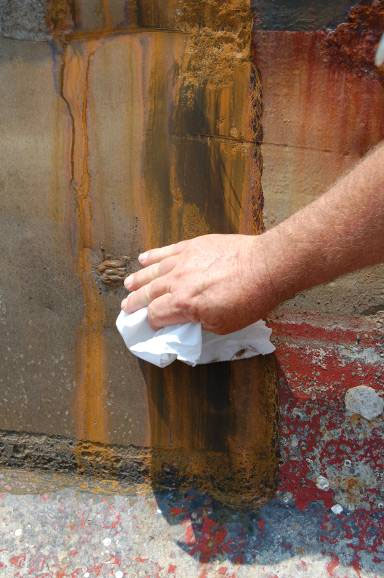Because of the inherent types of operations, processes and some of the materials utilized in the shipbuilding and ship repair business, these facility are subject to regulatory oversight, specifically in this case, environmental regulation.
Conventional stormwater management activities that are effective at other types of facilities may not necessarily be effectively implemented at a shipyard.
There are numerous factors that contribute to this circumstance.
Consequently, the regulatory agency that has permitting authority has a very difficult job in developing a stormwater discharge permit that meets all of the regulatory requirements and can be effectively implemented in a shipyard.
A stormwater permit that can be effectively implemented in the shipyard and that goes beyond standard compliance to provide maximum protection of the environment, where feasible.
There are enormous advantages to working out the details of the permit prior to initiating the permit drafting process, notwithstanding the elimination of potential litigation.
A collaborative, systematic and comprehensive investigation of all of the aspects of a facility that have the potential for impacting stormwater discharges is essential prior to commencing to draft the permit.
Additionally, the sharing of concerns and ideas gives both the facility and the regulatory agency a feel for the others perspective, and in many cases results in the development of an innovative solution.
Atlantic Marine and the Florida Department of Environmental Protection have discovered that “Partnering for the Environment” is the most constructive manner in which to approach the permitting process.
· Regulatory Agency may revise/modify the Permit at any time if regulations or standards change or to provide additional protection to the environment.
[Download not found]











April 5, 2009
Comments Off on Partnering for the Environment